Are you familiar with fatbergs? They are forming everywhere – underneath cities and underneath sleepy seaside towns, too. There’s even a section of a fatberg being exhibited at the Museum of London (flies hatch out of it, apparently).
But actually, the term ‘fatberg’ is misleading. 93% of what you find in a fatberg is baby wipes. So really, they are baby-wipe-bergs!
Baby wipes, cotton buds, condoms, makeup pads, period products and more that shouldn’t be flushed… this unholy mixture meets oil poured down the sinks of restaurants and homes. Then, it all congeals together to form a giant mass of dirty, rotting sewer-blocking fatberg.
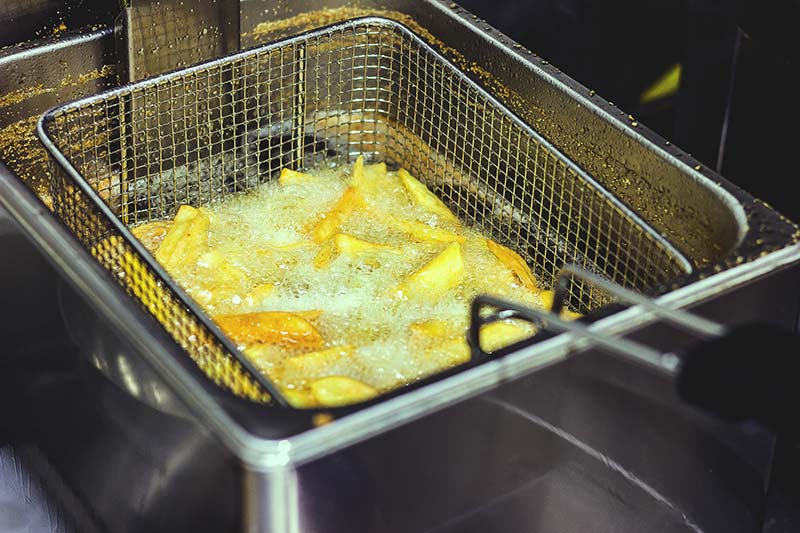
What Causes Fatbergs?
Fatbergs are a modern problem – never before have humans lived so closely together in such numbers and reached for plastic-filled products with such ease and frequency… Single-use products are designed to aid us only once during our busy days, only to be flushed away. Our appetite for convenience runs deep. The global wipes industry is valued at £17.5 billion in 2019. It’s projected to reach £19.5 billion by 2021.
The leading baby wipe manufacturers are big players like Johnson & Johnson, Procter & Gamble and Kimberly-Clark Corporation. These are huge companies with massive brand portfolios, and they sell products across the world. They are driven by profit, first and foremost, and their environmental impact is an afterthought.
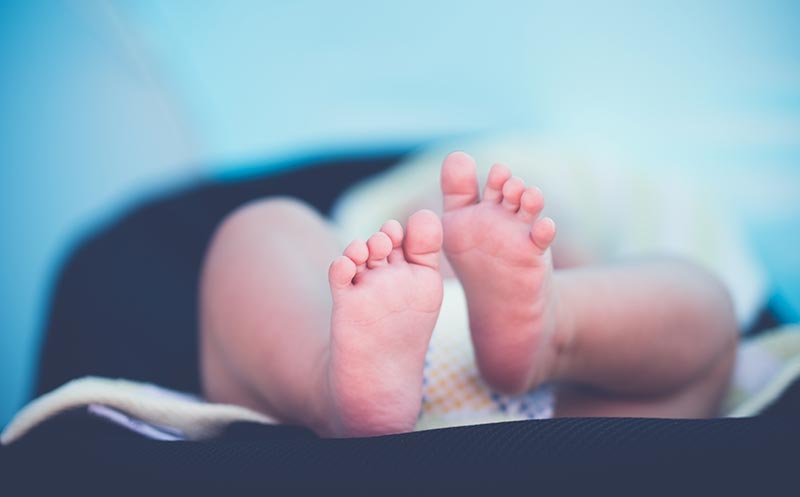
How are Fatbergs Removed?
Unfortunately we can’t afford to be so detached from the matter…
Because of irresponsible flushing, somebody has to climb around in the sewer and hack away at these deeply compacted poo and baby wipe sculptures. The only way to break down these monstrosities is to send employees of the water company to tackle it head-on with high-pressure hoses and pickaxes.
And if they’re not caught in time, the blockages can send raw sewage spilling out and flooding into places you don’t want it, like on your street and even in your bathroom… can you imagine the smell?
Beyond that, there’s the long-term impact of flushing products full of plastic into the waterways. Plastic takes up to 500 years to start breaking down, and then, it simply becomes smaller plastic particles which end up in our water, soil, food and bodies. Plastic particles are found in the deepest reaches of the ocean, and in human poo, too.
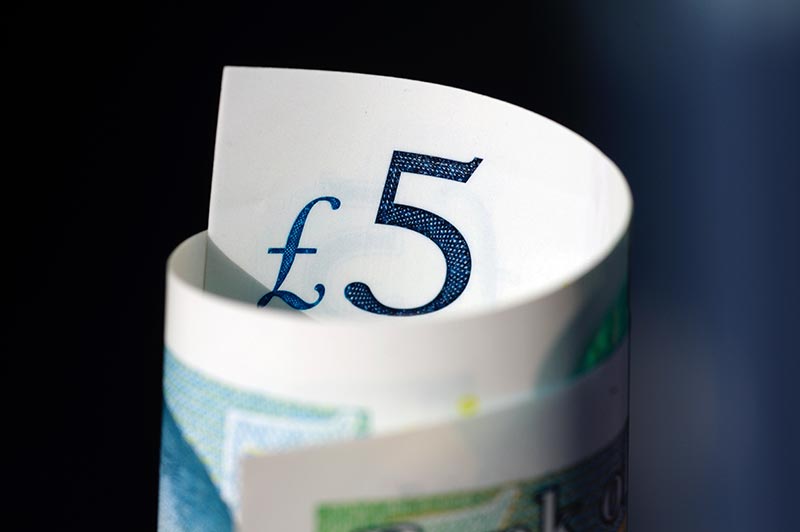
Natracare are making it Safe to Flush
Because the problem with plastic-filled wipes isn’t going to go away any time soon, Natracare has developed a problem-solving product – the Safe to Flush Moist Tissue
The Safe to Flush Moist Tissue is 100% paper, sourced from sustainable forests. It’s the first product of its type to be certified as truly flushable, with the Fine to Flush certification from Water UK. Water UK represents the water industry in the UK and their testing standards, which replicate the conditions in the sewers are rigorous.
Is there anything as fresh and as satisfying as the idea of effluent flowing underneath our towns and cities and (in a very roundabout way) returning to us as clean water, through the pipes We are lucky to benefit from clean water and brilliant infrastructure. We have a responsibility to honour that!
Think before you flush
You should only ever flush the 3P’s: pee, paper, and poo! Luckily, our Safe to Flush Moist Tissues are made entirely of paper!
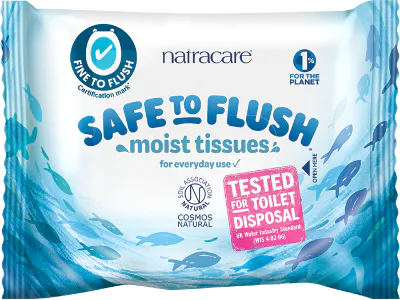
Find out more
How to Avoid Fatbergs
- Use Natracare’s Safe to Flush Moist Tissues, instead of others that claim to be flushable but aren’t.
- Clear labelling on packets – we hope that Water UK’s new Fine to Flush certification will put pressure on the industry to match our truly flushable product.
- Never flush anything but the 3 Ps – paper, poo and pee – Natracare’s Safe to Flush moist tissue is 100% paper.
- If you do need to use a baby wipe, use a biodegradable one, such as Natracare’s 100% organic cotton baby wipes. And then put it in the bin when you’re done – not the toilet!
- Use a fat trap if you do a lot of greasy cooking or own a restaurant.
If you want to be sure that what you’re using is truly Safe to Flush, you can find out where to buy Moist Tissues.
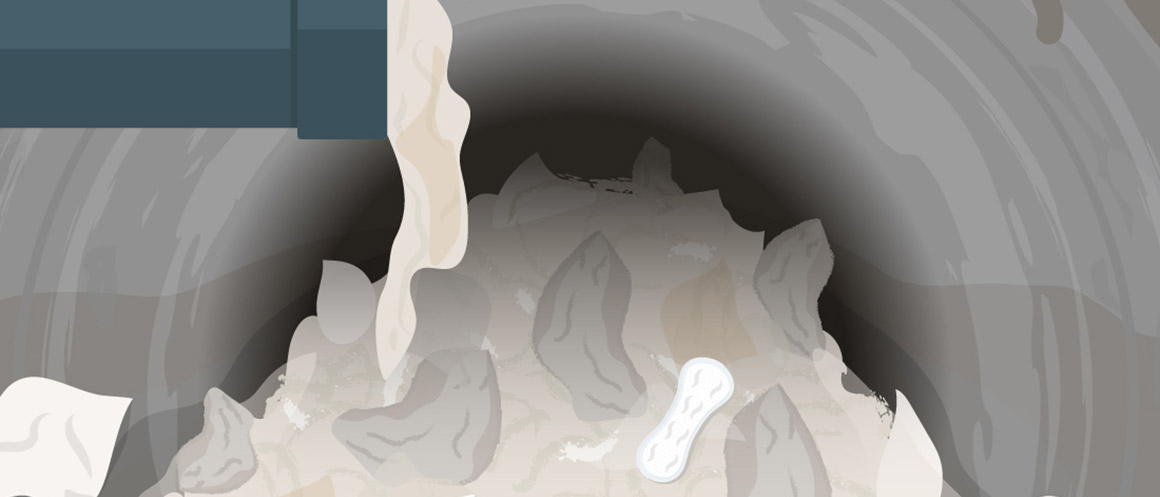
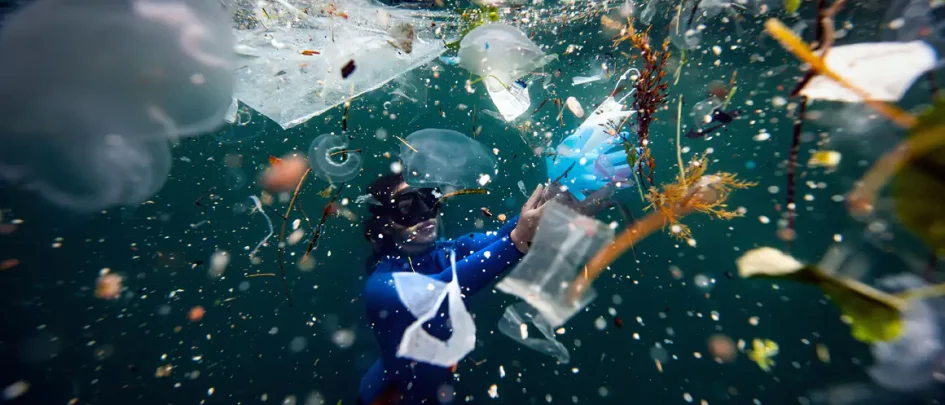
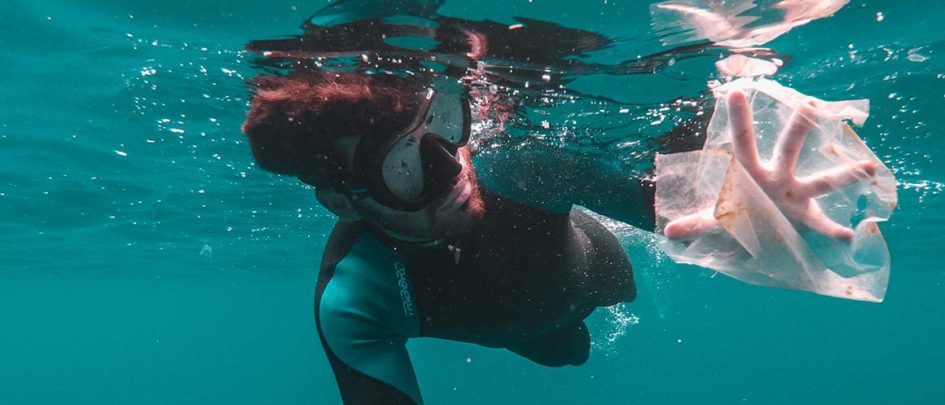
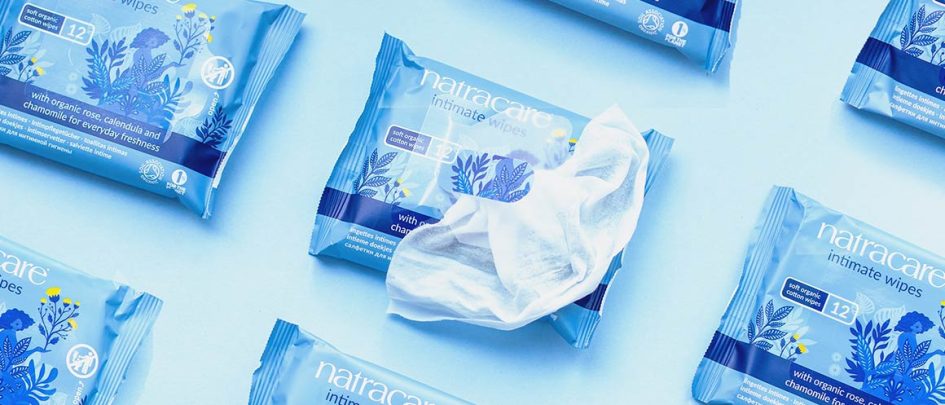






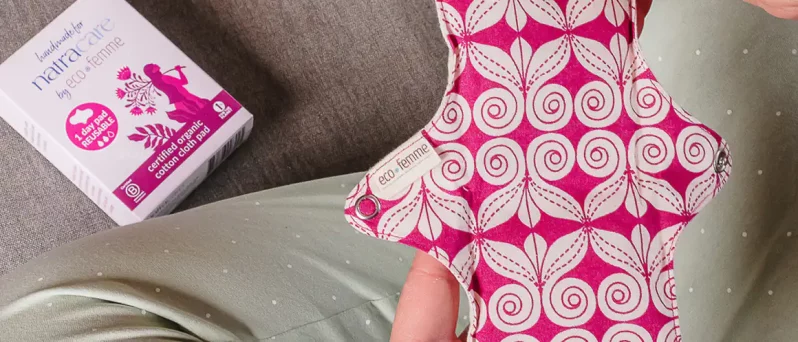
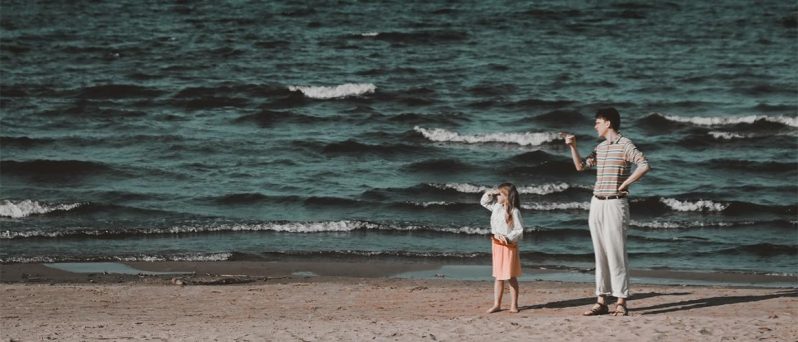
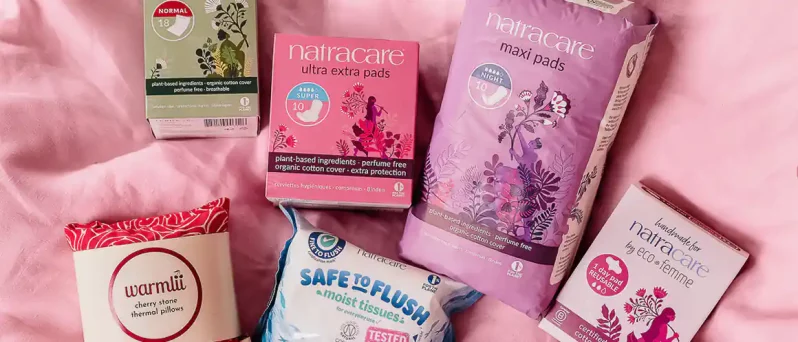
When are these hitting the shelves of the supermarkets, adsa, sainsburys, tesco etc
Watch this space: where to buy 👍